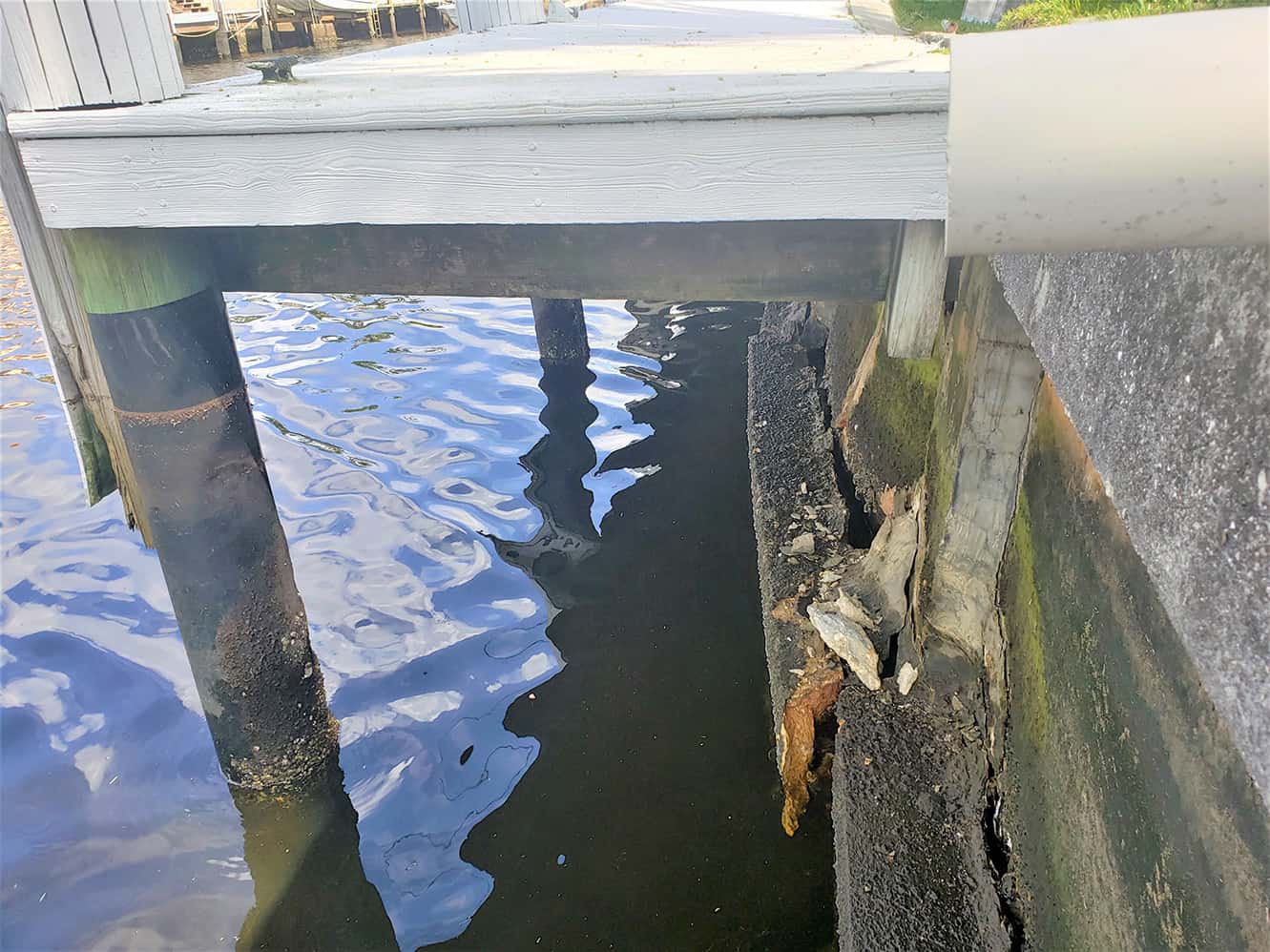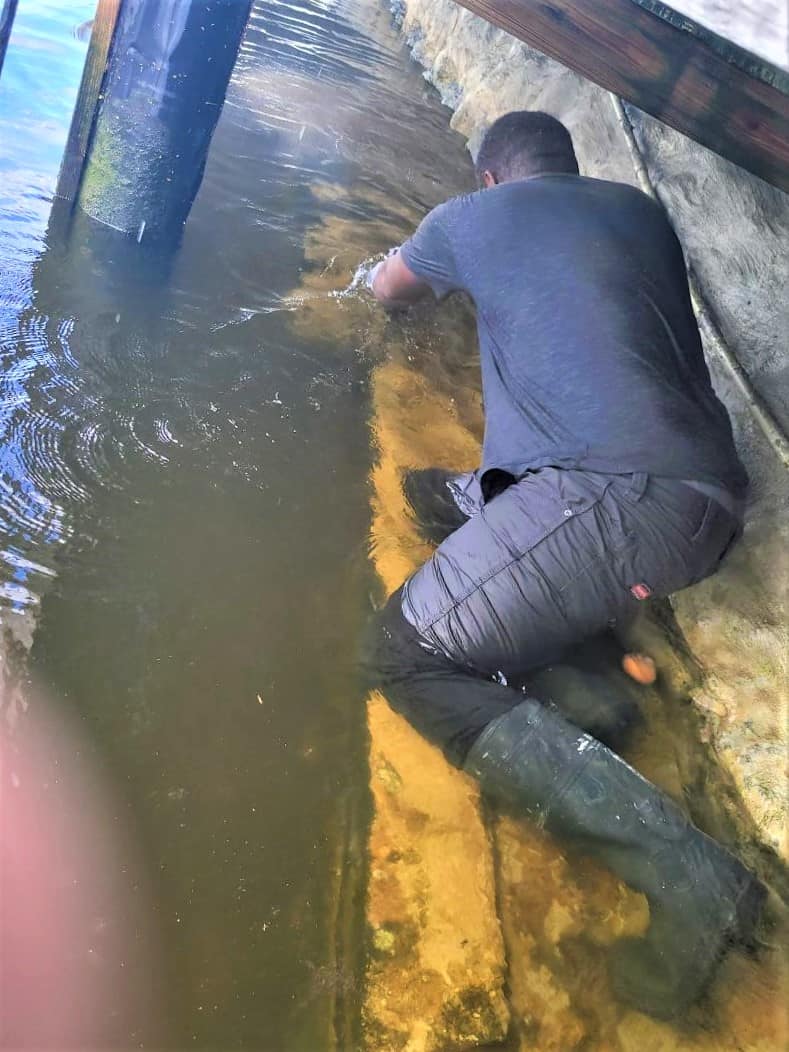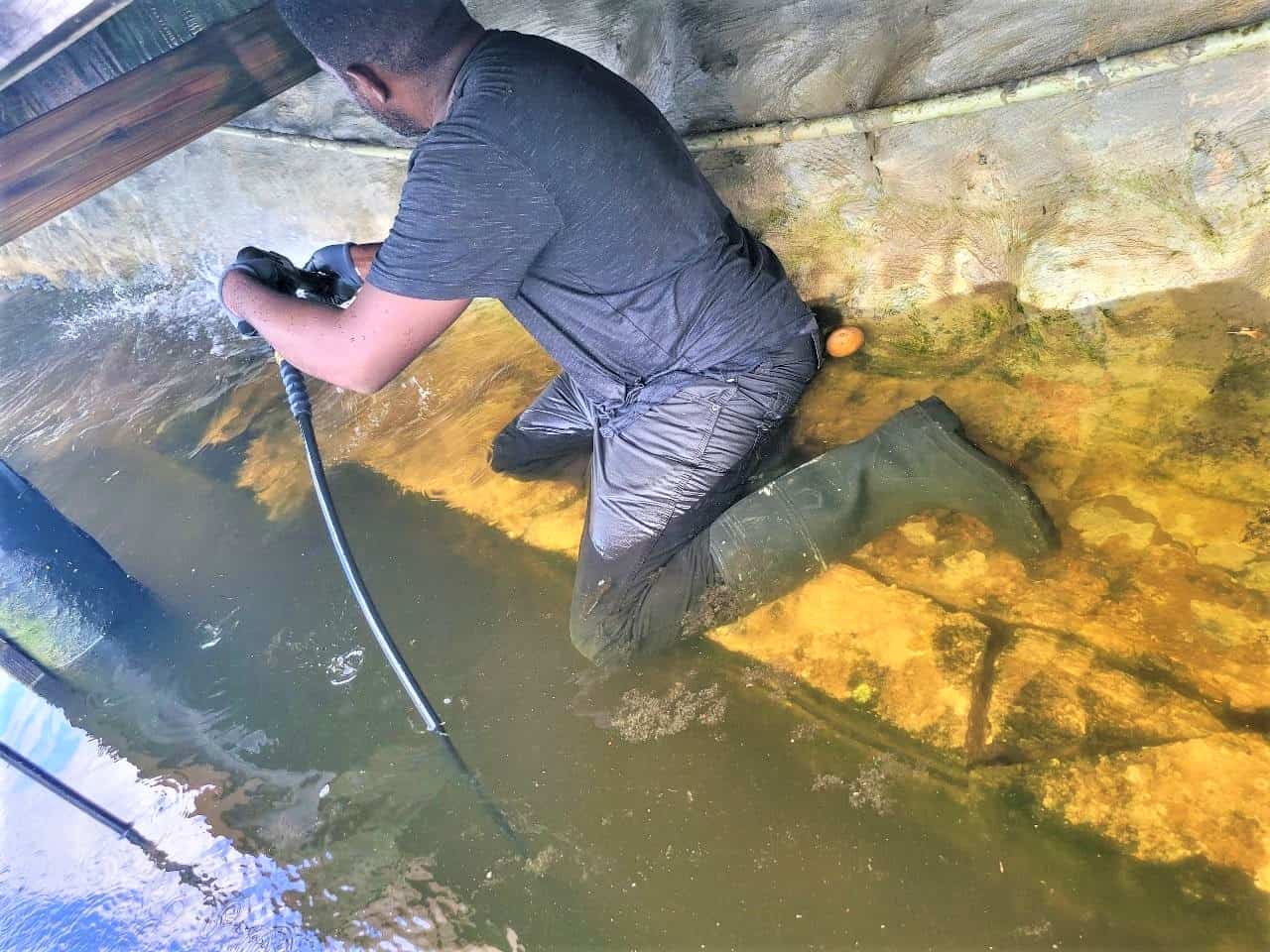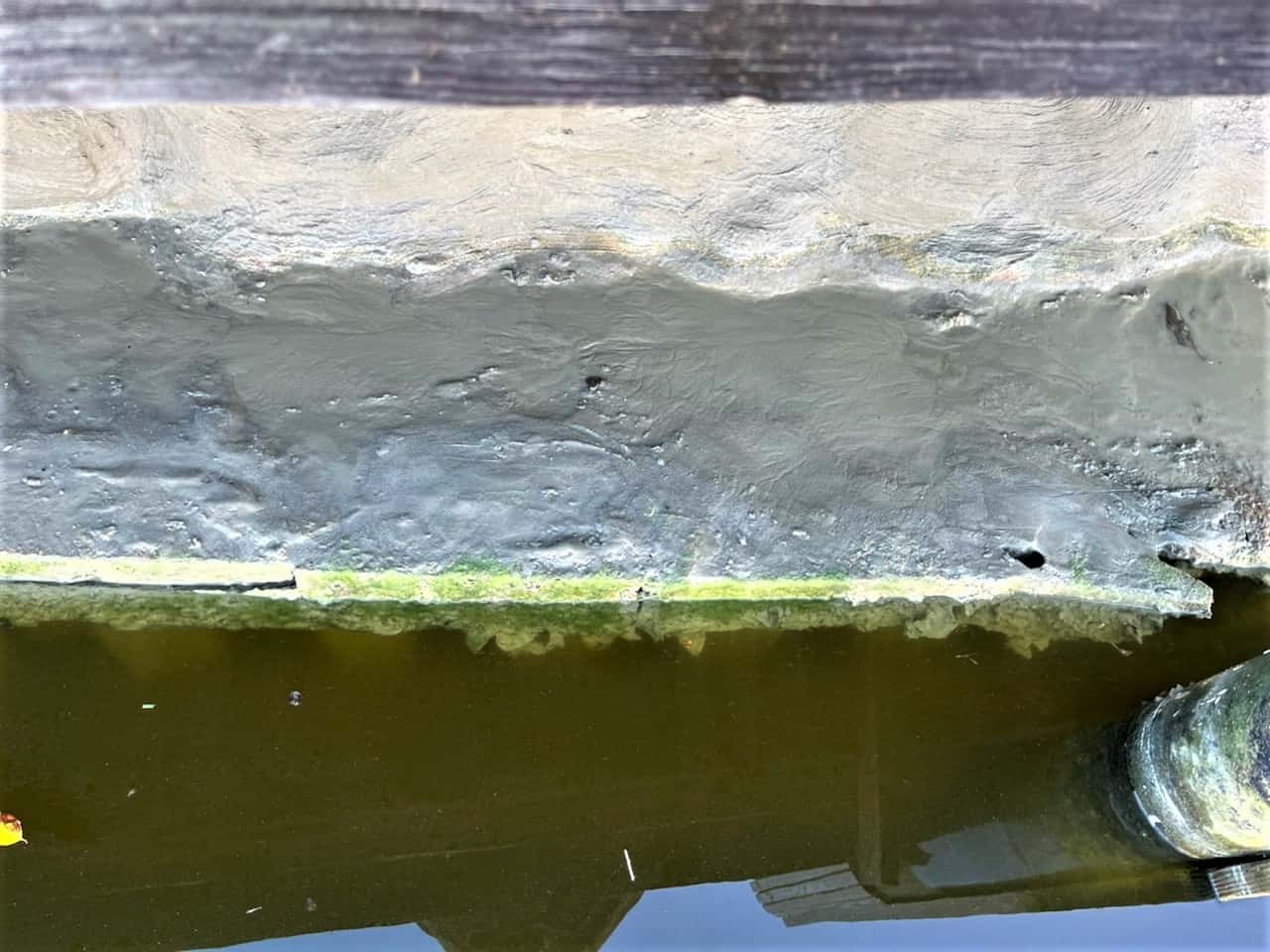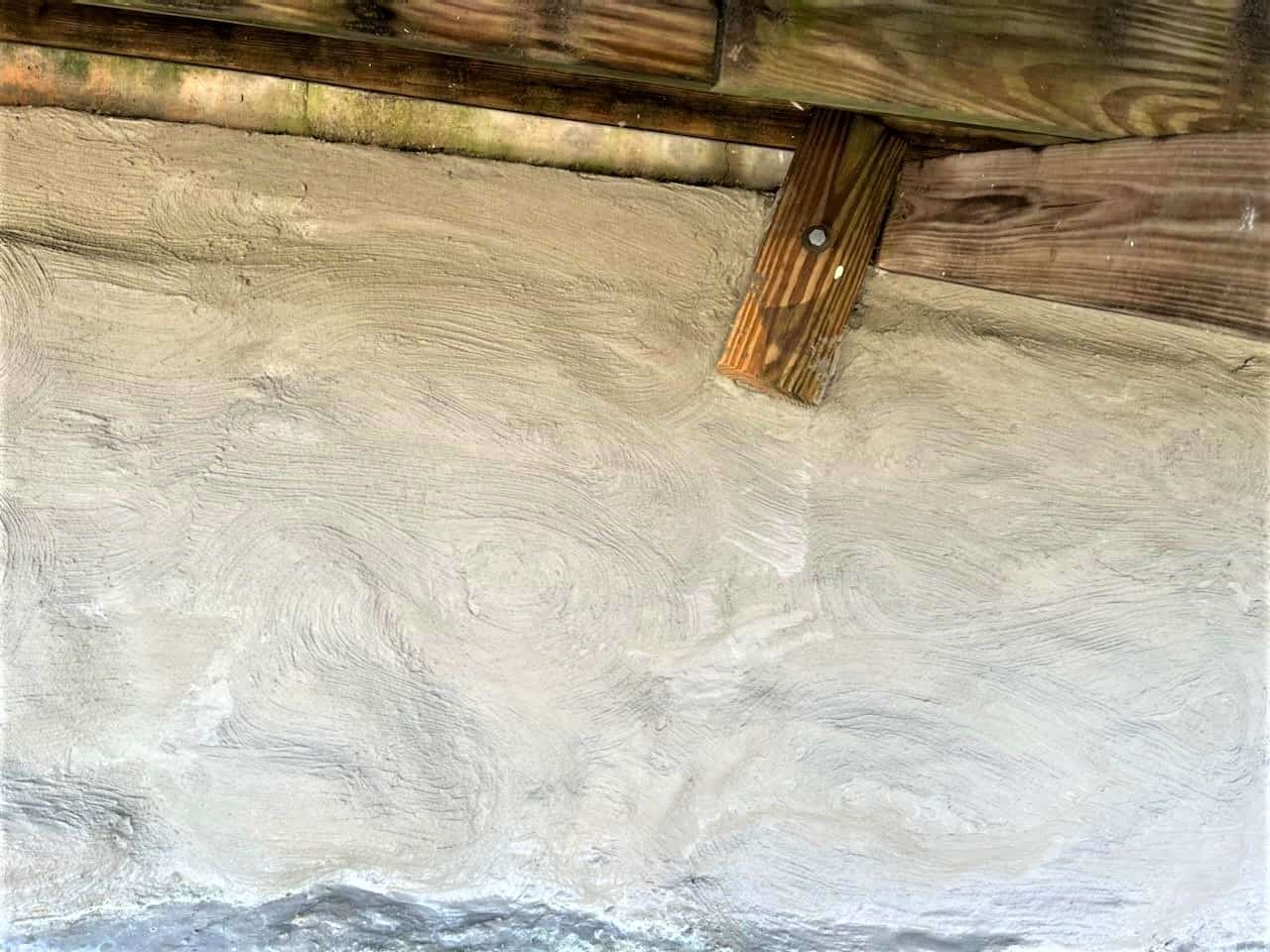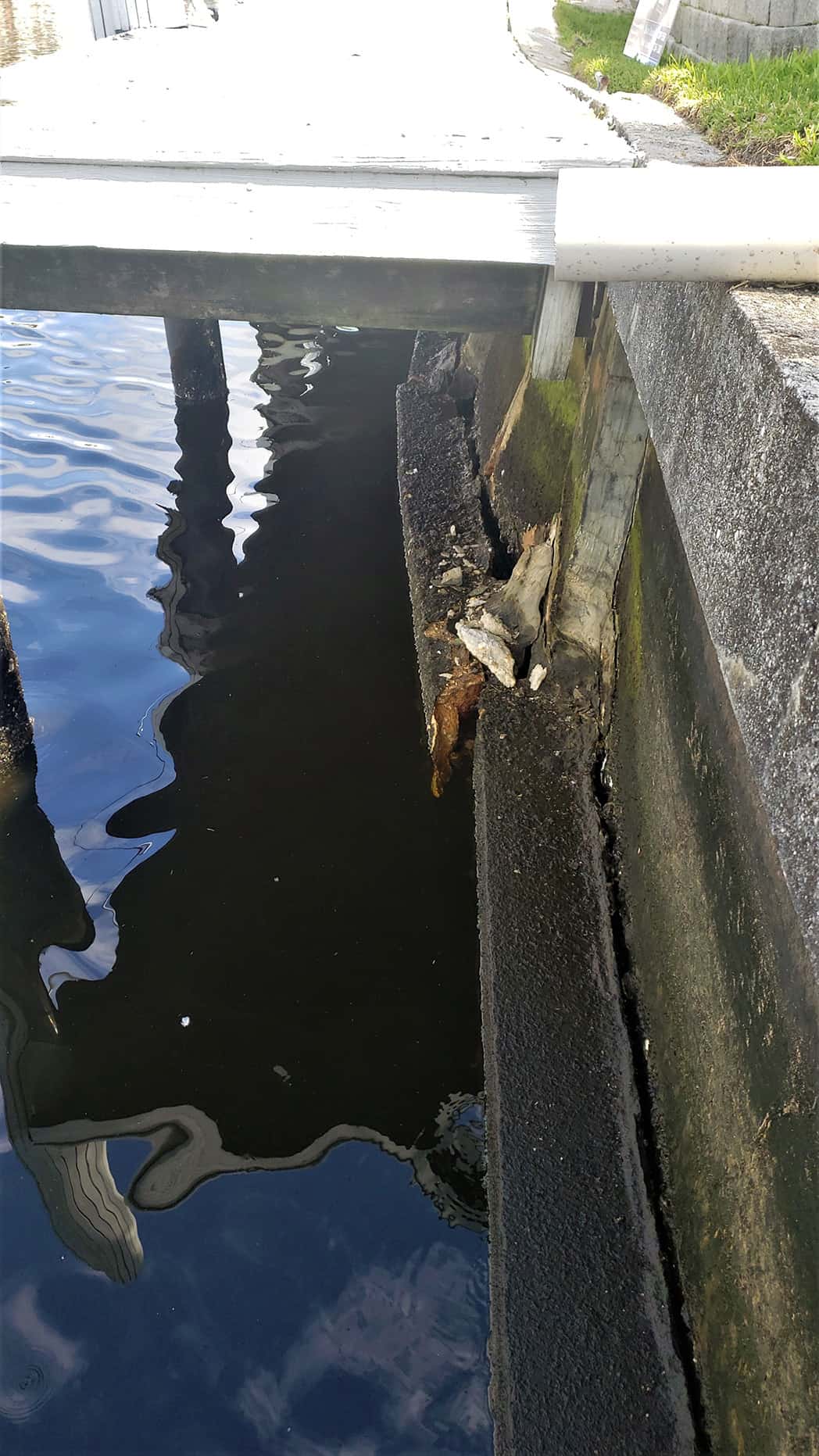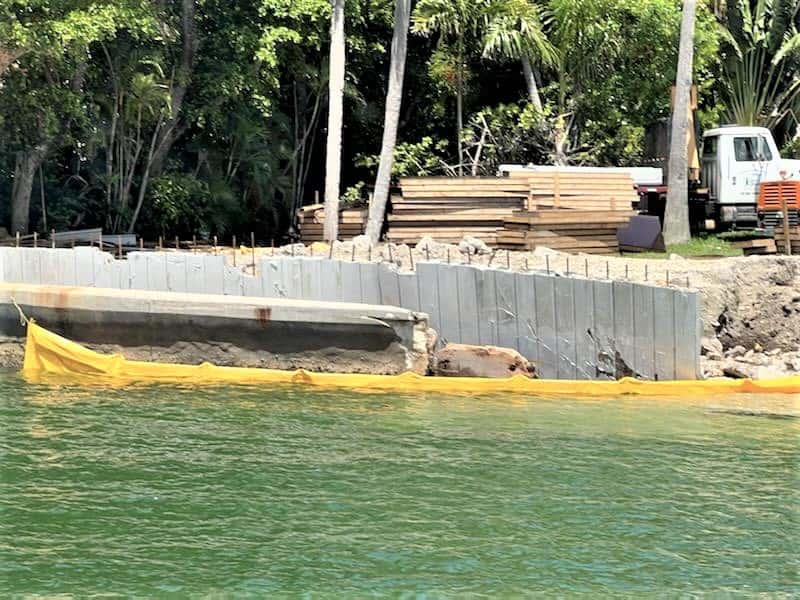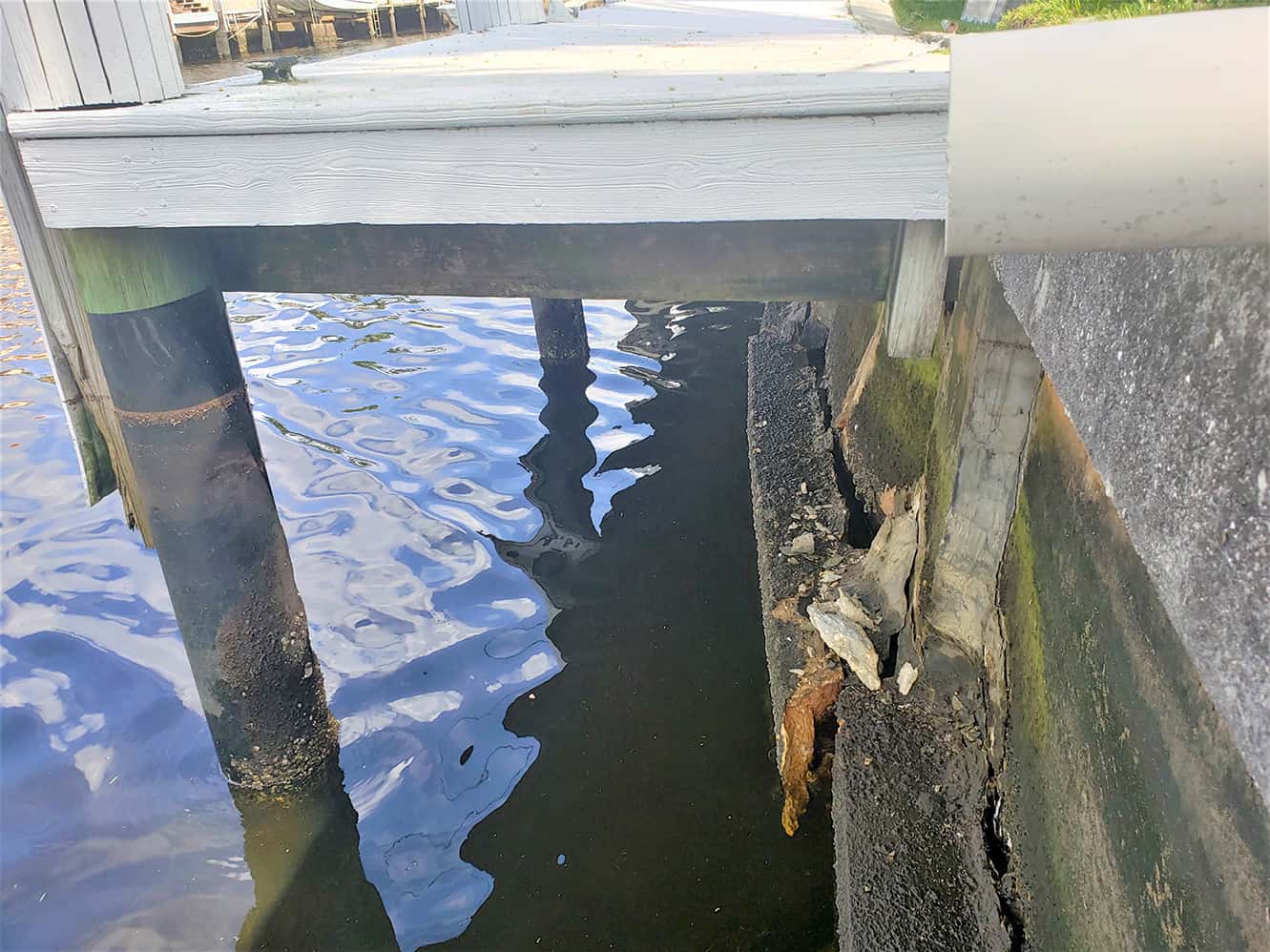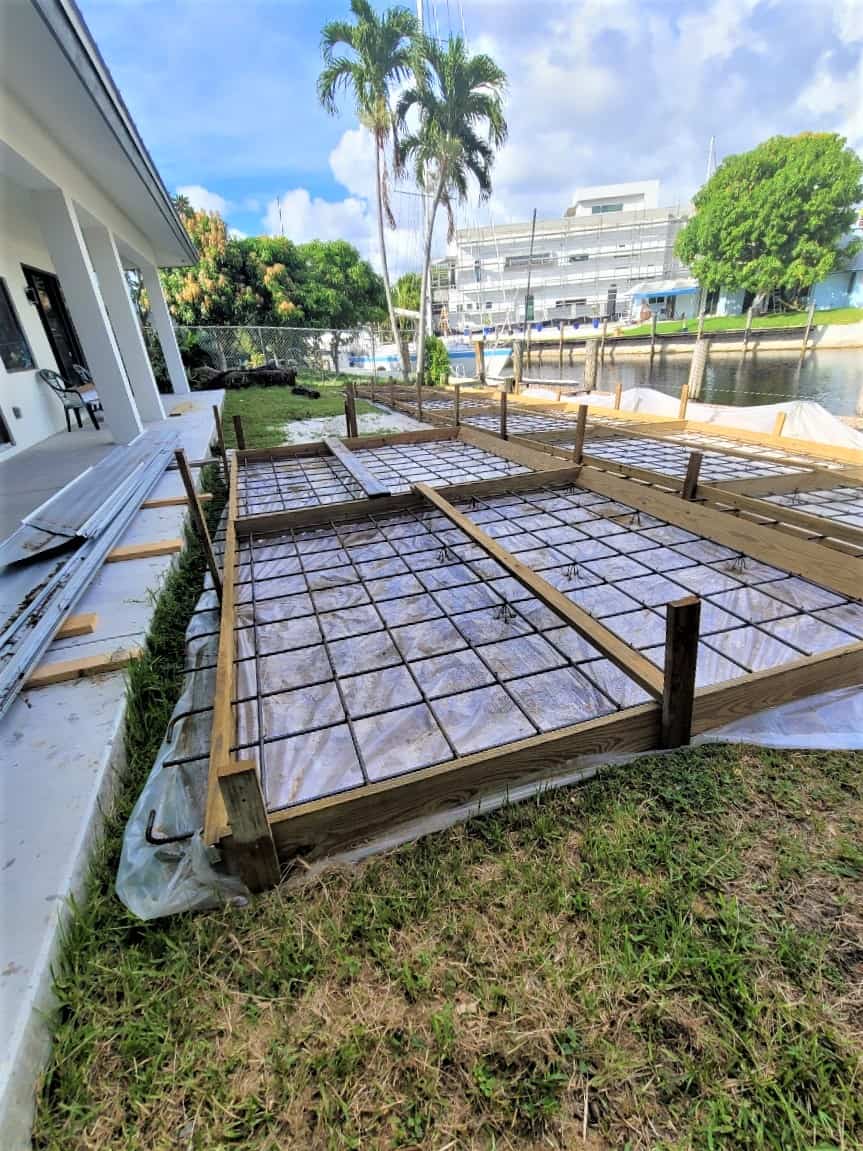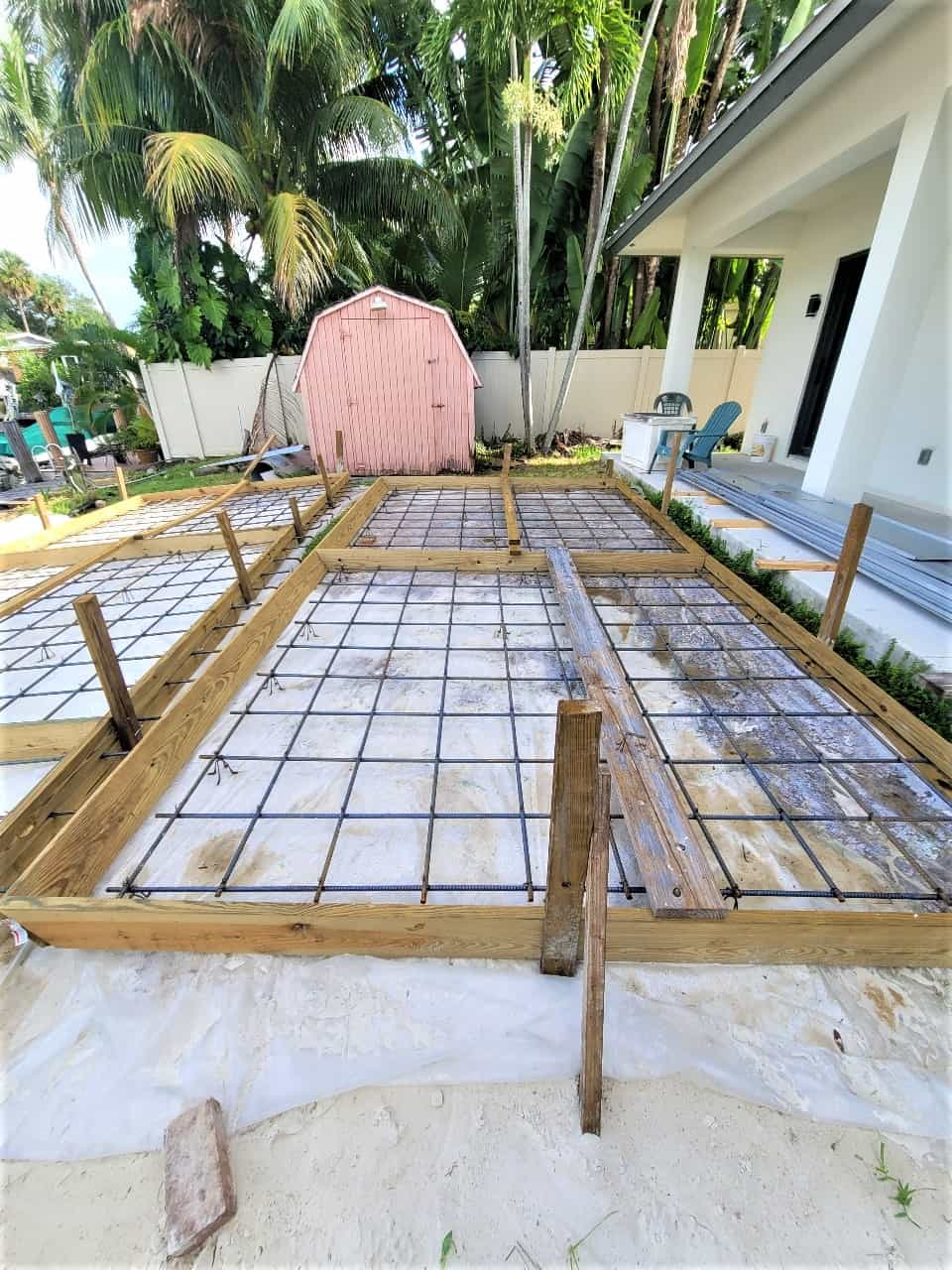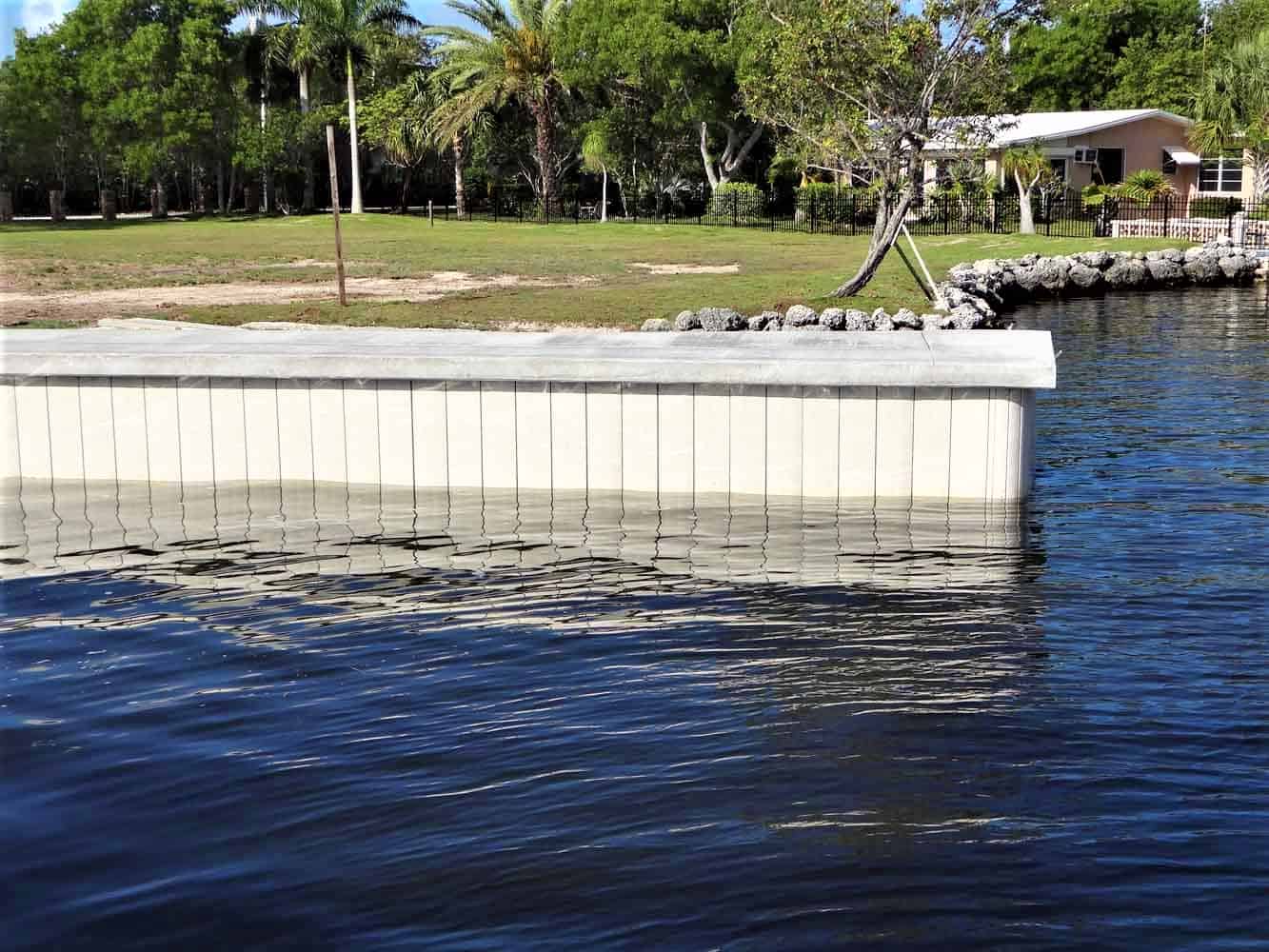seawall repair fort lauderdale
Contact us today for seawall repair Fort Lauderdale. Your seawall is keeping your land out of the water. If your seawall has never been replaced, it WILL NEED to be replaced!
Get A Free Estimate
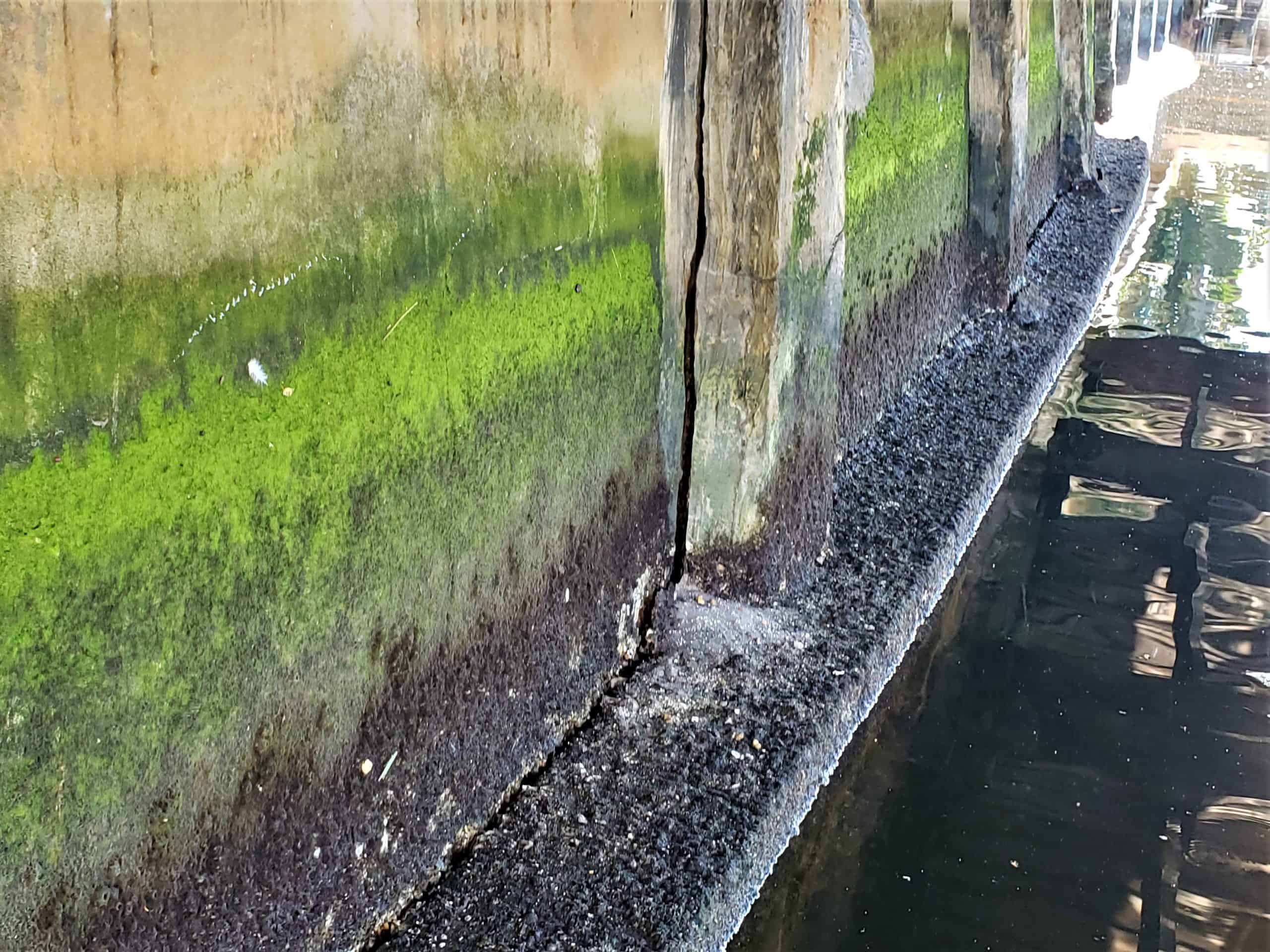
seawall repair fort lauderdale
There are several types of seawalls that can be installed to protect your property.
In Florida, most seawalls are made of coral rock (specifically, the older ones), concrete panels, batter piles, and/ or vinyl panels. Some newly replaced seawalls are made of vinyl panels with kingpins (vertical concrete pilings). Honestly, you really can’t go wrong with any of the newer options as they offer excellent service-life, with the latter having up to a 50-year warranty.
Truline Seawalls
It’s important to note, however, that the vinyl panel manufacturer, TruLine, is one of the more innovative leaders in the market!
You can trust us to replace your seawall, ensuring your property value and making it look better than ever.
Expert-level seawall replacement – Starting at just $900 per linear foot
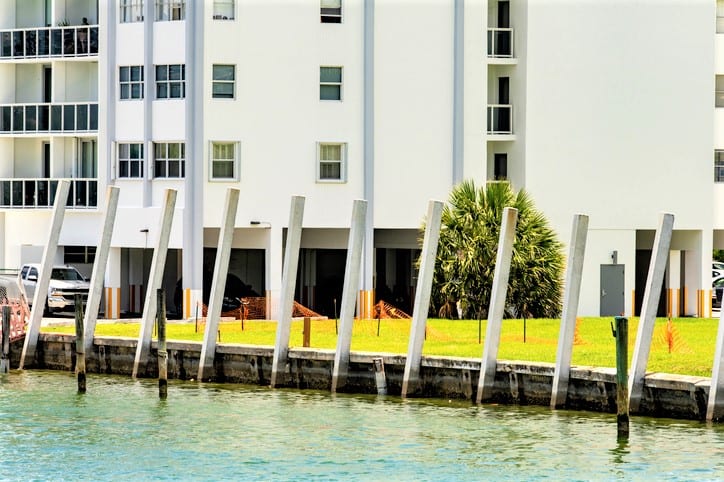
Seawall Maintenance and Restoration
Did you know that the difference between being proactive and being reactive with your seawall maintenance, can cost $100,000 or more?
We offer a free property PRE-purchase evaluation of your seawall or retaining wall. We look for the “unseen” concerns that may arise, and provide an estimate based upon our evaluation.
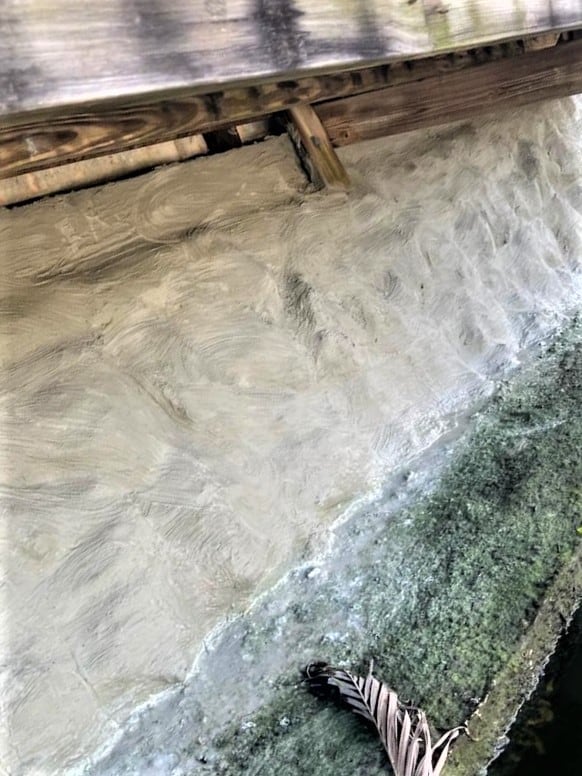
Professional seawall repair fort lauderdale services – Starting at just $125 per linear foot
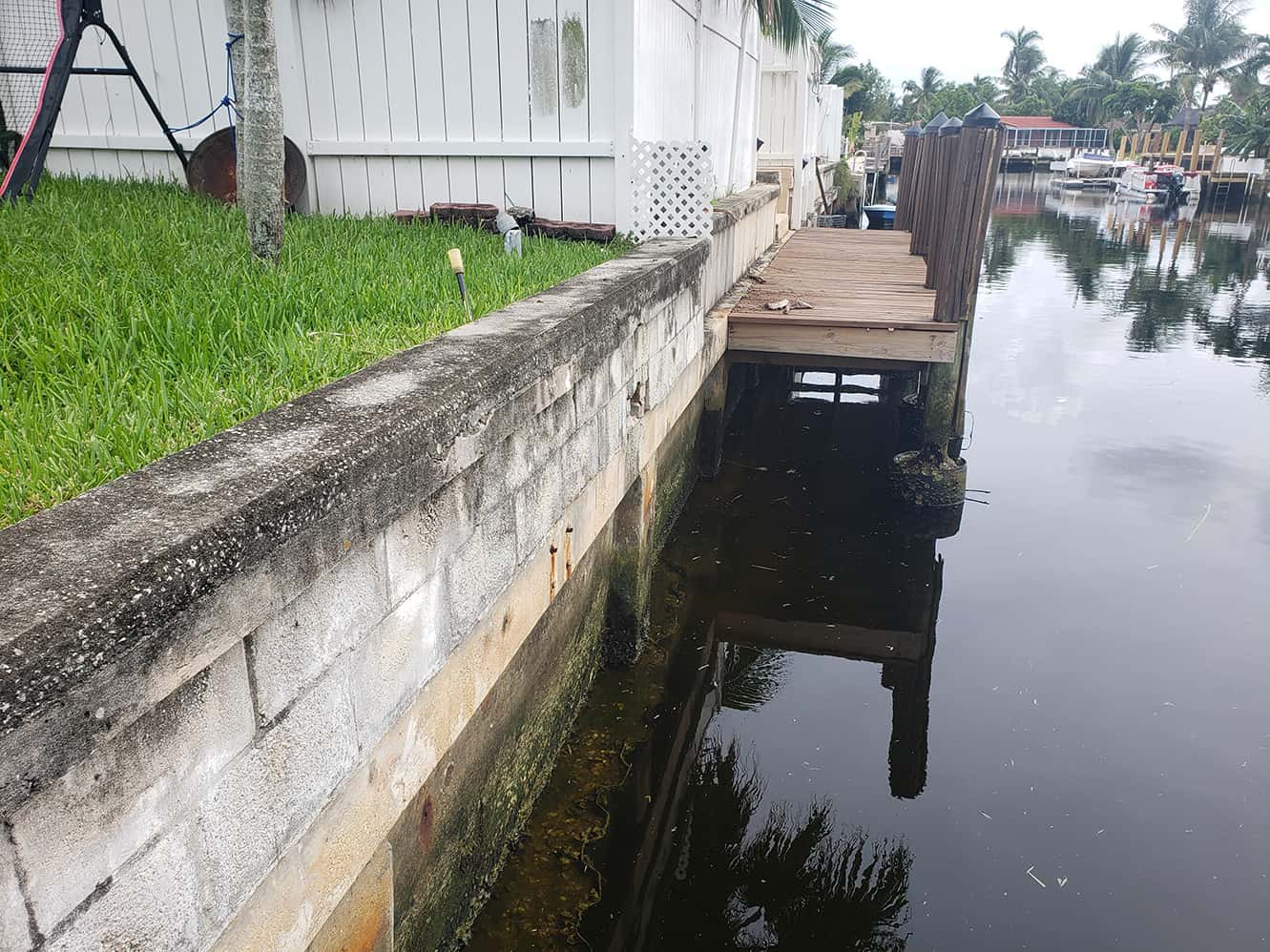
With over 20 years of experience, we understand that most people view seawall replacement as simply being a cost associated with living on the water. But we take it more seriously than that. Instead, we view it as a safety net for your property, your family, and your piece of mind.
Regardless of the type of seawall you have, it will need maintenance. There’s no way around it. Luckily, we offer seawall maintenance services, seawall repair and seawall replacement to cover all your needs.
There is no substitute for safety. Remember, all that’s separating your property from that body of water is this wall.
Call us for more information on seawall maintenance and restoration 954-354-7100
Seawall Replacement
Expert-Level seawall replacement
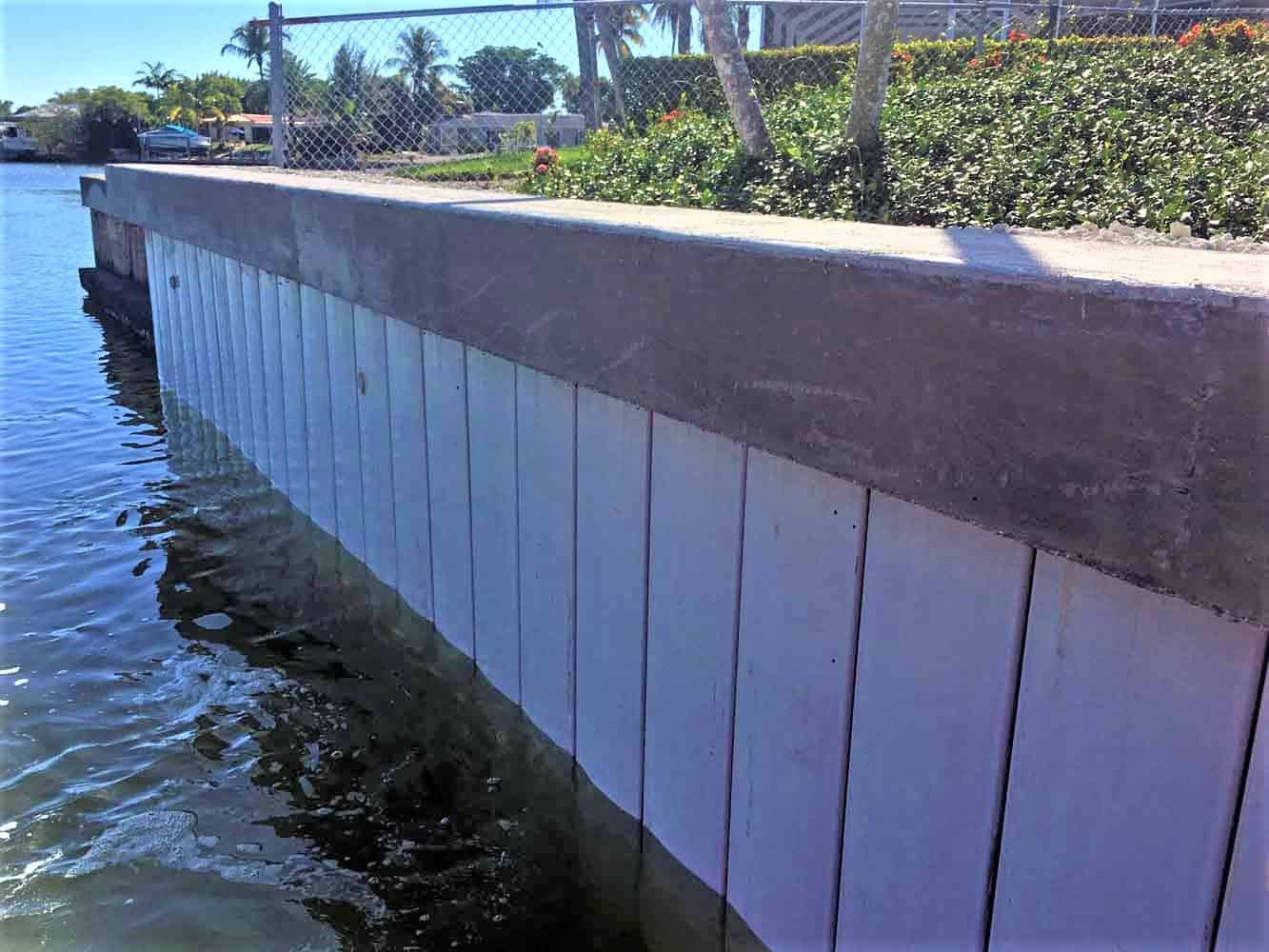
3 Things to Consider When Replacing Your Seawall
Seawalls can fail over time, especially when they are exposed to the elements. Seawalls are usually made of concrete and therefore subject to humidity, saltwater, and freezing temperatures over time. If your seawall is showing signs of failure, you may need to replace it. The best way to know is to ask yourself if you would see the same seawall if it was brand new again. If your answer is yes, then it’s probably time for a new seawall. This article will help you understand if you need to replace your seawall along with some common questions that arise when replacing a seawall.
What to Look For When Replacing Your Seawall
A seawall’s lifespan is dependent on many factors, one of which being the quality of the original foundation. If the seawall is cracked, rotting, or showing signs of excessive movement in the soil, then you need to consider replacing it with a new seawall. You may even need to install a new foundation if the soil is shifting too much. When it comes to replacing your seawall, there are a few things you need to keep in mind. First, the new seawall should be of the same quality as your old seawall. This means the new seawall should be made of the same material as your old seawall, installed on the same foundation, and have the same level of support. When replacing your seawall, it’s important to realize that you cannot simply replace a seawall with an in-wall wall as the two will not be capable of supporting a similar level of load. You will need to replace the seawall with something that can handle the same or even more load than your old seawall. A new seawall is not just necessary to ensure seawall stability, but also to ensure the structural integrity of your home.
Is the Seawall Crumbling?
If your seawall is crumbling, then there are probably a few issues at play. First, if your seawall is cracking, then there may be a problem with the original foundation. Next, if there are large sections of your seawall that have completely rotted away, you need to consider if the seawall is being supported by the original foundation. If your seawall is crumbling, then it is likely that your seawall is showing signs of failure. Crumbling seawalls are usually weakened seawalls that are crumbling due to excess movement. Excess movement can result from poor foundation support, damaged seawall material, and a host of other issues that may not be readily visible. Crumbling seawalls are usually signs of a seawall that is showing signs of failure. If you notice that a section of your seawall is crumbling and is at risk of falling into the ocean, then you need to replace it. Crumbling seawalls can be replaced with a new seawall or with a new seawall and in-wall wall.
Cost of seawall replacement
There are many factors to consider when deciding on the cost of seawall replacement. These include the size of the new seawall, the quality of the new seawall, the quality and type of the foundation, and the amount of land available for a new seawall. For example, if you are installing a new in-wall wall and a full seawall, then the cost of replacement would be around $10,000. If you are only replacing a portion of the seawall, like a 75-foot seawall along your property line, then the cost of replacement would be around $5,000. If you are replacing your seawall with an in-wall wall, then you will have to account for the cost of excavation, the new drainage system, installing the new footing, and possibly a right-of-way.
Signs of Failure
When replacing your seawall, you need to keep an eye out for certain signs of failure. First, if you have cracks running along the length of your seawall, then it is likely that the seawall is showing signs of failure. Next, if large sections of your seawall have completely rotted away, then you also need to replace the seawall. Crumbling walls, shifting soil, excessive movement, and signs of excessive settlement in the soil are all signs of a failing seawall. When replacing your seawall, it is important to ensure that the new seawall is of the same quality as the old one. As you are replacing your seawall, it is important to keep an eye out for signs of failure. Signs of failure include cracks running along the length of the seawall, large sections of the seawall that have rotted away, and shifting soil.
Conclusion
For many homeowners, the idea of replacing their seawall is daunting. You may feel like there’s no reason to replace it if it’s working fine, but failing seawalls pose a serious risk to your home. This is why it’s important to know if your seawall is showing signs of failure. If it is, then you need to replace it before it fails. This article will help you understand if you need to replace your seawall along with some common questions that arise when replacing a seawall.
Contact Us Today
Give us a call to get started on your project today. Our general staff is looking forward to working with you.



